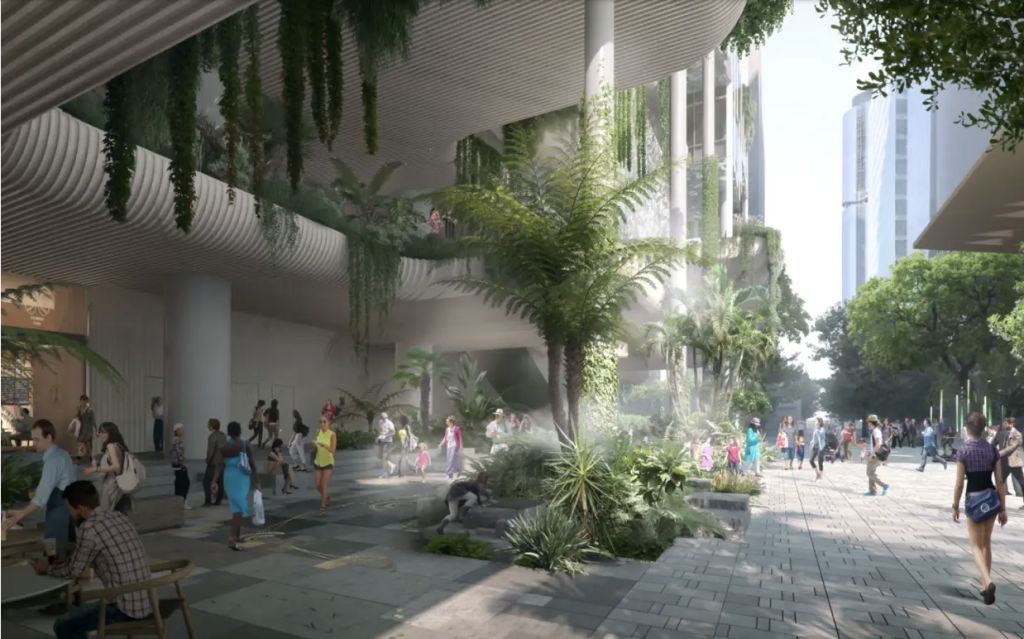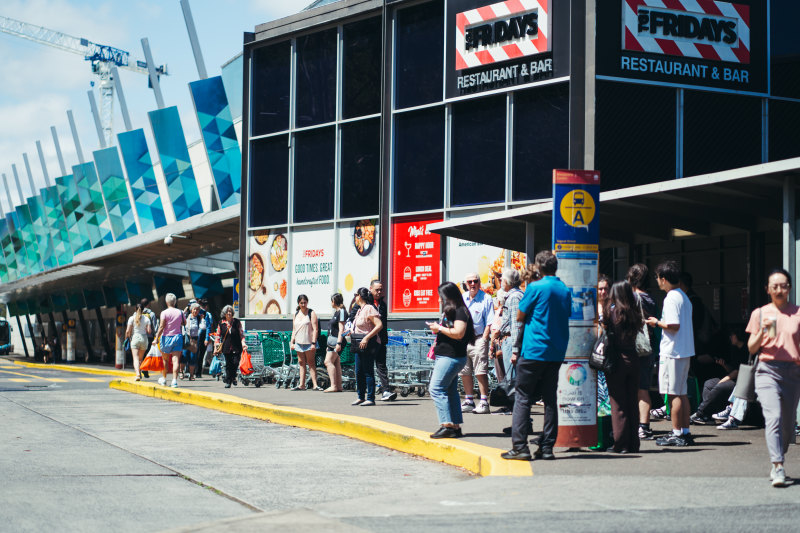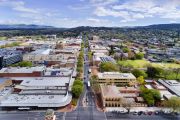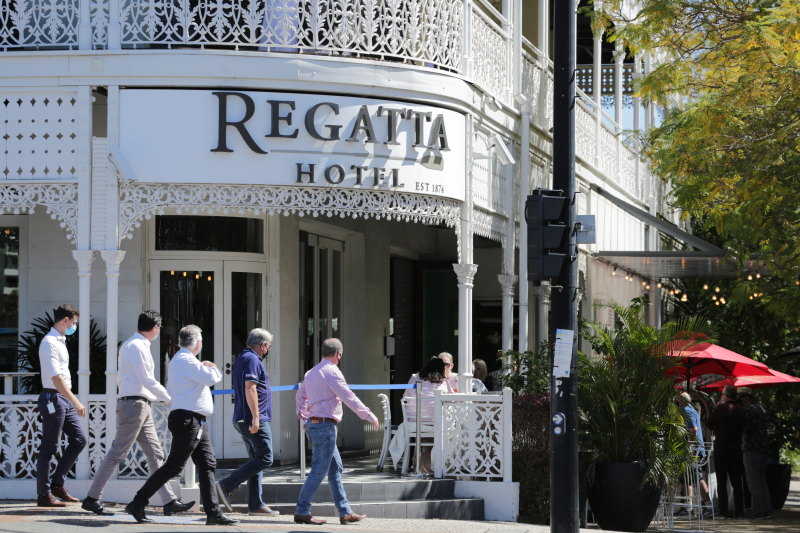
QIC takes charge of $750m Albert Street redevelopment
Queensland Investment Corporation has lodged a development application for a $750 million mixed-use precinct opposite the new Albert Street Cross River Rail Station in Brisbane’s CBD.
The Albert Street development is the first of four multibillion-dollar, above-ground developments linked to the $5 billion Cross River Rail project, a crucial transport link being developed ahead of the Brisbane 2032 Olympic Games.
The Queensland government last year tasked the state-owned QIC with maximising the development around the stations for Cross River Rail, which is a second rail link between Brisbane’s CBD and Woolloongabba where the Olympic Stadium will be built.
QIC’s Cross River Rail precincts director Chris Brown said the Albert Street precinct would have 40 storeys of mixed-use development, including office space, retail and dining options, on the 2500 square metre site.
The tower, which will include about 45,000 square metres of prime grade office and mixed-used space as well as 4000 square metres of public space – will include a subtropical vertical garden.
Mr Brown said it was part of the legacy building associated with the Brisbane Olympics that includes a $2.7 billion demolition and rebuild of the Gabba stadium and the new $2.5 billion Brisbane Live stadium near the Roma Street Station.
But he said the redevelopment of the four precincts was not directly linked to the opening of the Cross River Rail, nor indeed the 2032 Olympics and Paralympics.
Indeed, the two larger projects, the Woolloongabba and Roma Street projects, will be delivered over a 10 to 15 year timeframe, long after the world’s largest sporting event has finished.
“At the end of the day, it’s a two-week event [Olympics] followed by another two-week event [Paralympics], so we will have to demobilise to a certain extent,” Mr Brown told The Australian Financial Review.
“We will make sure we present our best view of Brisbane when we are hosting the Games.”
The Albert Street Station, which is due to be completed in late 2027, will be the first Brisbane CBD station built in over 120 years. It is close to Brisbane’s Botanic Gardens as well as the $3 billion Queen’s Wharf integrated resort and casino which is due for completion later this year.
Mr Brown said the Cross River Rail precincts development was a unique opportunity to shape the future face of Australia’s third-largest city.
“Brisbane is revolutionising before our eyes in to a truly global city with its own distinctive character, capable of holding its own on the world stage. At QIC, we’re thrilled to be part of this metamorphosis,” he said.
QIC has also been appointed precinct developer for above-ground Cross River Rail precincts at Boggo Road, Woollongabba and Roma Street.
Mr Brown said the development sites will become available progressively and were not necessarily tied to when Cross River Rail stations were complete.
The Boggo Road precinct, where the development will occur directly above the new rail station, is likely to run in tandem with the Albert Street development.
But a major focus will be on Woolloongabba where the Queensland government recently said it would take full control of the $2.7 billion redevelopment of the Gabba, which will become the Olympic Stadium.
The Albanese government last month said it would fund the build of the 17,000-seat, $2.5 billion Brisbane Live stadium, which will be converted to host the swimming events in 2032, above the Roma Street Station in the CBD.
Mr Brown said the 2032 Olympics and Paralympics would be part of the sequencing of the development of the Woolloongabba and Roma Street precincts.
“There is scope to start work at the Gabba well and truly once Cross River Rail gives us access to the site that will allow us to build things before the hosting process,” he said.
“But for the Olympics and Paralympics there will be significant overlay. The hosting process will have events and fanfare in the precinct and some of the site will be preserved for that purpose and then developed out on the other side of the Games.”











